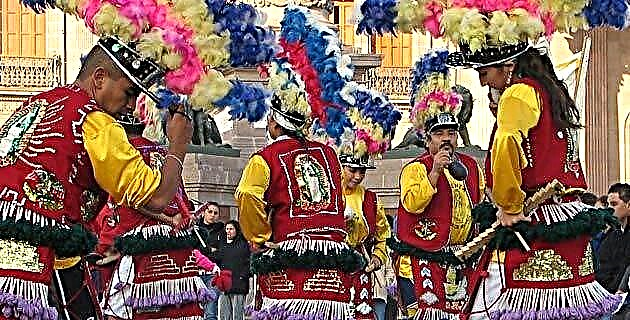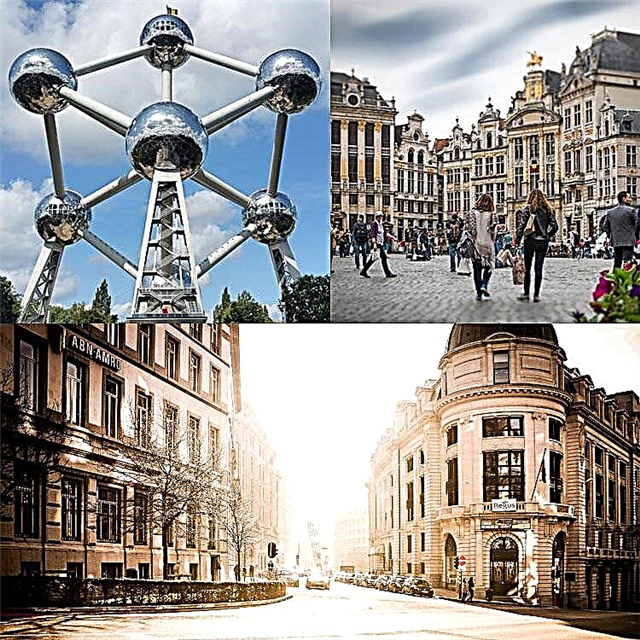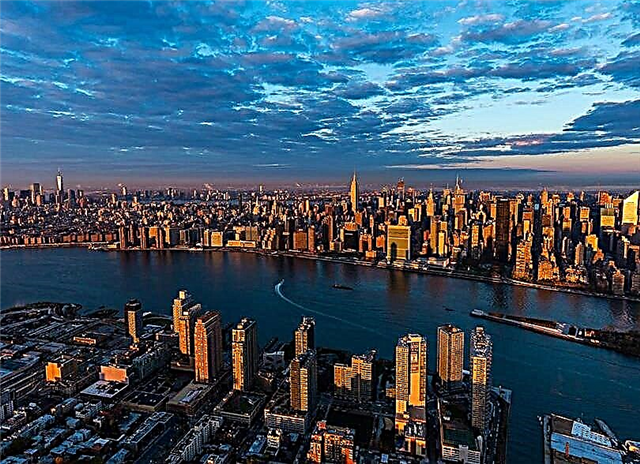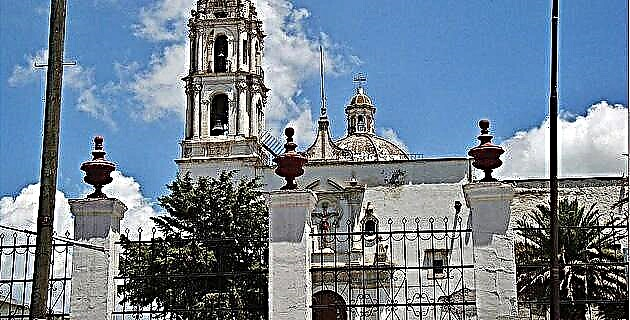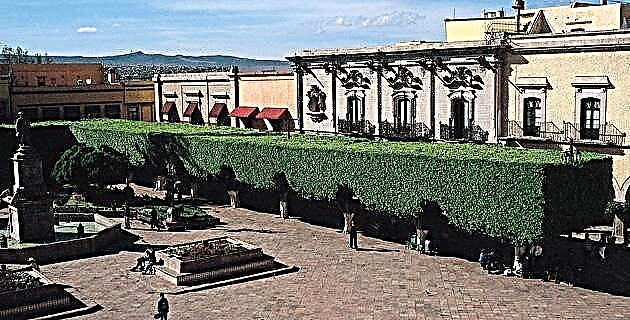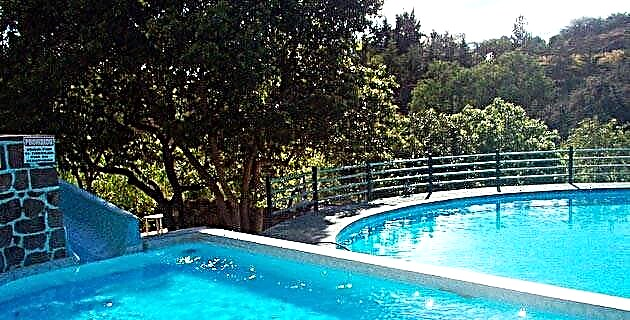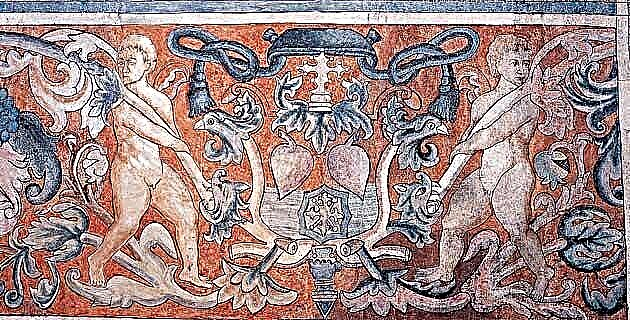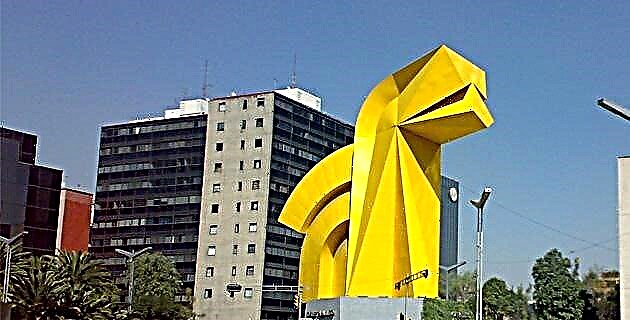
Built in 1927 as the main attraction of the new residential neighborhood Hipódromo Condesa, Parque México today has become one of the most beautiful and most visited in Mexico City.
The Mexico Park It was conceived as the center of the subdivision and its shape evokes the oval outline of the Jockey Club equestrian track on which it was built, for this reason some of the streets that surround it run in a circular way, which confuses those who visit for the first time the park, since neither head nor foot can be found and the passerby goes round and round.

Although its official name is General San Martín ParkWe all know them as Parque México, probably because that is the name of the street that limits it: Avenida México and in relation to its counterpart, the neighboring Parque España, which preceded it only by a few years, since it was inaugurated in 1921 as part of the celebration of the centenary of the consummation of Independence.
In addition to being an important recreational site, Parque México represents the modern lifestyle that our city adopted in its new residential developments during the decades between the two world wars. The dynamic art-deco atmosphere of that time was captured in this colony thanks to the fact that it was almost completely built in just 15 years, which gave it an exceptional architectural unity.
The park is, before anything else, an immense plant mass that occupies almost 9 hectares, a fifth of the total area of the subdivision, this is an unusual proportion in the history of urban planning in Mexico, generally much less generous regarding the provision of landscaped areas.
The design of the park, as well as that of each and every one of its components is first class and very fortunately combines architecture with monumental sculpture and with what is now known as landscape architecture, this is explained in realization involved a highly competent multidisciplinary team. Especially in the aspect of urban monumental sculpture, Parque México is a model and pioneering work, since it was the first that was conceived to attract buyers to a subdivision and it inspired other artists such as Luis Barragán in the similar works that later developed in Ciudad Satélite, El Pedregal and Las Arboledas.
The furniture in the park is also very well achieved, both plastic and functional. It boasts reinforced concrete, a material that revolutionized at that time, as well as the characteristic abstract geometric shapes, bright colors and the nationalist spirit that identify Mexican art-deco.
Other characteristic elements of the furniture of this beautiful place are the benches and the signs. The former are alien to the art-deco style in which most of the accessories were designed, because although they were also built in reinforced concrete, formally they are in a naturalistic style imitating trunks and branches, which gives them a country air and refers them to the equipment characteristic of the parks of the Porfiriato. The signs consist of a rectangular plaque supported by poles containing short texts exhorting users to conduct themselves with civility. These signs are curious for their didactic tone and for their naive pretensions, especially today.
As for the vegetation, besides being abundant, it is very varied, since it includes plants of all climates, from tropical to cold through temperate. Although the most abundant trees are ash, thunder and jacarandas, there are also bananas, palm trees of various kinds, oyameles, cedars and even ahuehuetes, the quintessential Mexican trees. We also find azalea bushes, lilies and various hedges, as well as ivy, bougainvillea and grass. In this regard, the saying that "all past times were better" is not valid, since these plants today are highly developed compared to the small size they had at the beginning of the park, as can be seen in the photographs of the time.
The Parque México is, from its origins, a powerful magnet that attracts everyone who approaches it and never lets it escape because no matter how much it moves away from it, it will only do so temporarily and will inevitably return to let itself be trapped by new for its fronds.


